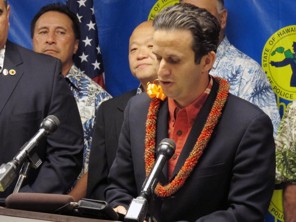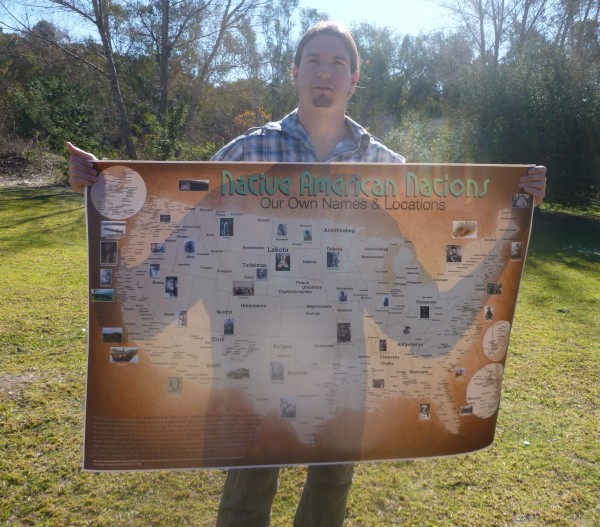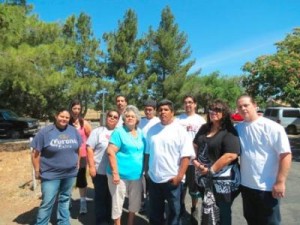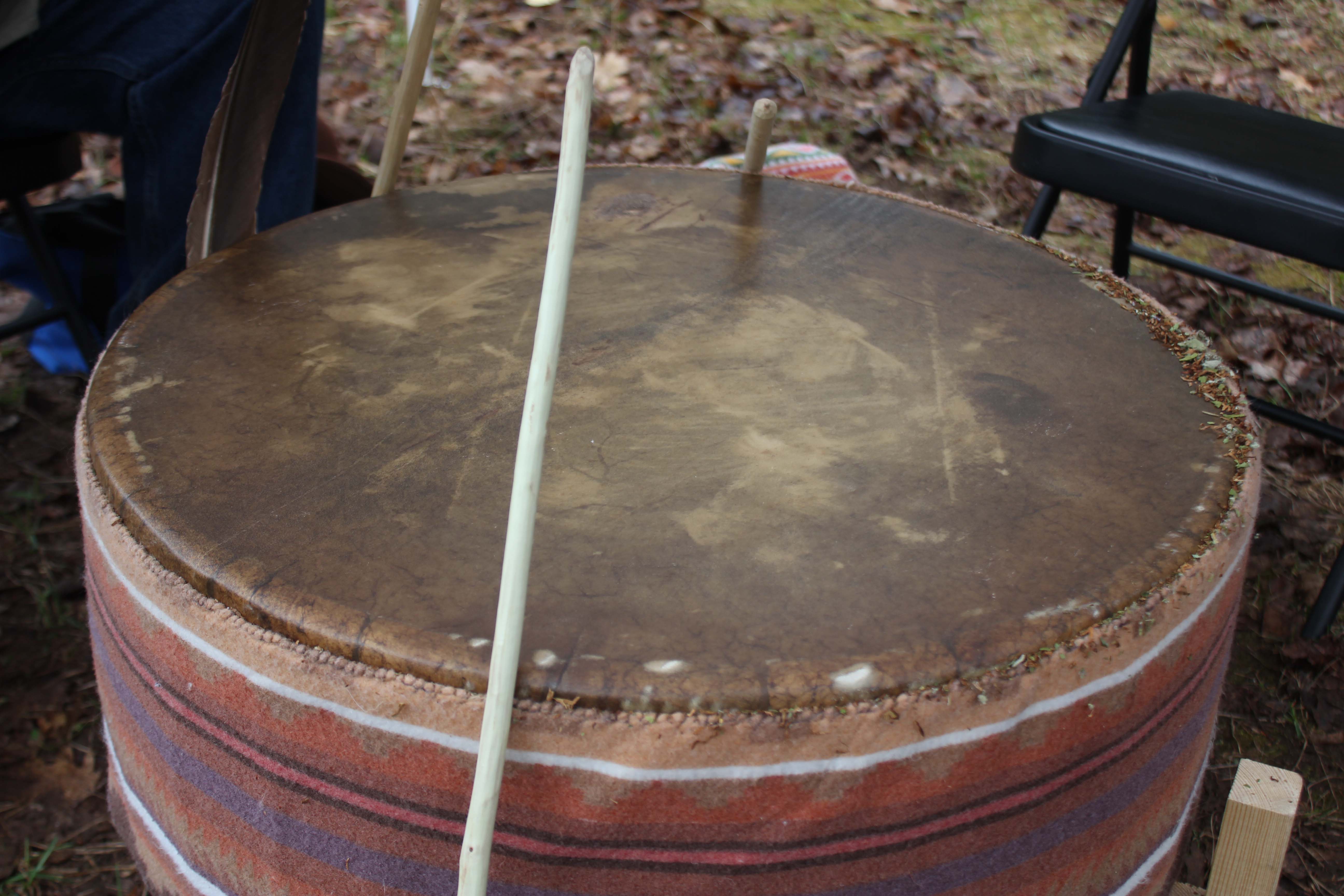Published in Indian Gaming Magazine
By Steve Cadue May 2013
For two hours in early April, the largest draw at the Wildhorse Resort and Casino in northeastern Oregon wasn’t at a poker table but on a ballroom’s big screen. The casino, operated by the Confederated Tribes of the Umatilla Indian Reservation, sponsored a viewing party to watch two of the tribes own compete in the NCAA Women’s Division I Basketball Championship.
Playing for the University of Louisville, sisters Shoni and Jude Schimmel have become heroes to Native Americans and that native pride is resonating throughout not only their 2,800-member tribe but throughout Indian Country. Louisville’s remarkable run ended with a 93-60 heartbreaking loss to the University of Connecticut, but the sisters’ feat and their continued play will serve as an inspiration for generations in Indian Country.
“We are extremely proud of Shoni and Jude Schimmel and deeply appreciative of the recognition they have brought to our people,” said LesMinthorn, the Tribe’s Chairman of the Board of Trustees.
The sisters’ love of the game is evident when their playing in a national championship game or in a pick up game at home which can include anyone from their four-year-old brother to their mother and father. “On any given day, I think we’re just ready to play ball,” said Shoni, a 5’9” junior guard. “That’s our competitive nature in us. We just want to go out there and win. We just want to have fun and compete.”
Basketball runs in the Schimmel family’s blood. The sisters’ father, Rick, played for one year at Stanford University and their mother, Ceci, a high school basketball coach played ball for Blue Mountain Community College in Pendleton, Oregon. The sisters began playing ball at around four years old in a co-ed basketball tournament for four-to-six year old players. Pushed in particular by their older brother, Shae, the sisters continued to improve their game and were later the subject of a documentary, “Off the Rez” that featured the Schimmel family leaving the reservation in pursuit of more opportunities for the family.
During her highly successful high school basketball career, Shoni opted to wait until after her senior year to choose a college. Unlike most highly sought after recruits, Shoni said she made the decision to wait because she wanted to enjoy being in high school. “I decided to go to the University of Louisville because – through the recruiting process – Coach (Jeff)Walz and staff stayed with me through the whole thing,” said Shoni describing the respect shown to her by Louisville. “They stayed with me and kept interest and didn’t give up on me.”
When Jude was ready to choose a college, she decided to follow her sister. “It’s really rare to get to play a Division I sport with your sister and I wanted to share the experience with her,” said Jude, a 5’6” sophomore guard.
In August 2011, the Louisville women’s basketball team visited the Umatilla Reservation on their way to Canada to play in a tournament. During the three-day visit, the team held a basketball clinic for youth and visited with tribal leaders. The team also visited the tribe’s Tamastslikt Cultural Institute for a tour of the museum and to learn tribal history and legends.
“Everyone wanted to see what the reservation was all about,” said Shoni noting that some teammates thought tribal members still lived in teepees. The trip was unifying for the team and for the sisters. “It was weird to have our immediate family and our basketball team family there,” Shoni said. “But it all came together. It was the best of both worlds.”
For both, the most remarkable moment in this year’s NCAA tournament run was the 82-81 defeat of the defending national champions Baylor Bears. Going in a 24-point underdog in a Sweet 16 match up, the charge was uphill for the fifth-seeded Louisville team. Late in the game, Shoni ran a fast break and defending the basket was 6’8” Britney Griner. Shoni drove the key, dribbled left and with her back to Griner and the hoop – she popped a shot off the glass for two. The shot exemplifies the next level game. Griner didn’t know what happened and she would have to review the film to see what would be the most exciting play of the tournament.
“We worked as a team and it was a once-in-a-lifetime moment,” Shoni said. “It was very special to all of us and it was amazing to feel like that.” Jude echoed her sister’s sentiments. “It was an incredible feeling and one of the biggest upsets in history,” Jude said.
The sisters’ credit their family for their success and for their strong connection to their tribe. As children, they dressed in traditional regalia handcrafted by their great grandmother and performed the Lord’s Prayer in sign language at local churches. The sisters’ younger family members continue to wear
the regalia as part of their family traditions. The sisters also credit much of their tribal knowledge to their grandmothers and father.
The pair used to dance when they were younger at tribal events such as the tribes’ Fourth of July powwow held at the Wildhorse Resort and Casino. However, the sisters’ college courses and basketball schedule may keep them from attending this year’s powwow.
Both do plan to one day possibly work for their tribe. First, each would like to be in the WNBA or play professionally overseas. However, Shoni, a communications major, and Jude, a sociology major, would like to eventually use their degrees to help Native people on the reservation.
“We both want to give back,” said Jude of returning to the reservation. Shoni also is considering the possibility of opening a restaurant that features traditional Native foods. “I want to make it known that we have our own foods too,” Shoni said. Holding on to their Native heritage is important for both. Jude said she is inspired to succeed by the Native Americans who helped pave the road for the sisters.
The Schimmel sisters will continue to do some paving of their own when the Louisville Cardinals return next year. And because of the Schimmel’s inspiring dedication, a watershed of Native American talented student athletes will begin to flow.
We thank the Creator.
Steve Cadue is Tribal Chairman of the Kickapoo Nation. He can be reached by email at steve.cadue@ktik-nsn.gov.















 By GW Rastopsoff |
By GW Rastopsoff | 




